Artist Interviews 2021
Anneli Brown 
By Julia Siedenburg
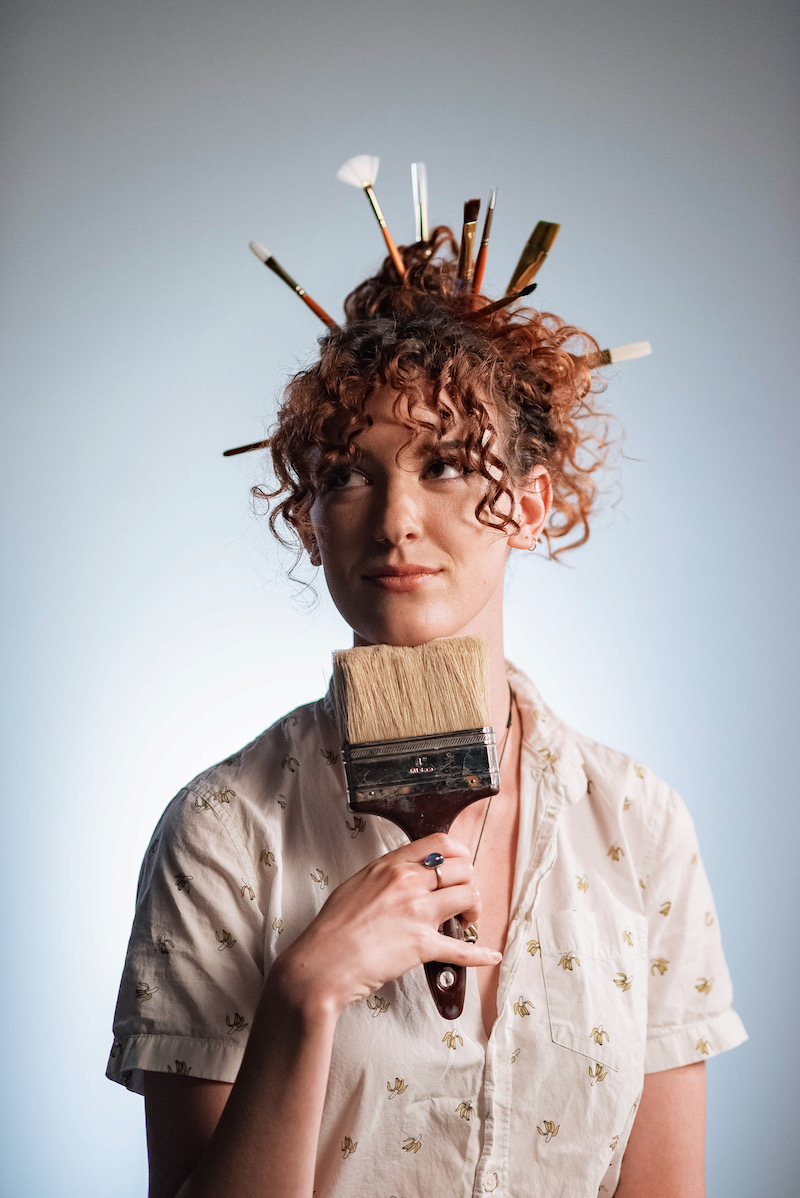
Anneli Brown is a very creative and extremely talented artist with very distinctive art work. Her pieces can be a range of everything: From Oil paintings to pencil sketches and mixed media exhibits. I truly love her work, not only because her variety showcases her true artistic skills and creativity, but because they make you think about current social topics, topics that are or should be more discussed.
Colorful modern moments held on canvas that reach into the controversial art relm. And those are my favorite ones to look at. I think art is the best medium to start a conversation, a discussion about things that happen or not happen, that should or should not be.
You can clearly see her inspinspiration being fueled by nostalgic moments and known things from her memory, because I felt a connection with all her images in that same way
She is currently creating and exhibiting her work at her own little artelier space in a community artist house in Atlanta and hopefully I get to visit it one day. If you continue to read you will learn more about her inspirations, aspirations and her honest mindset.
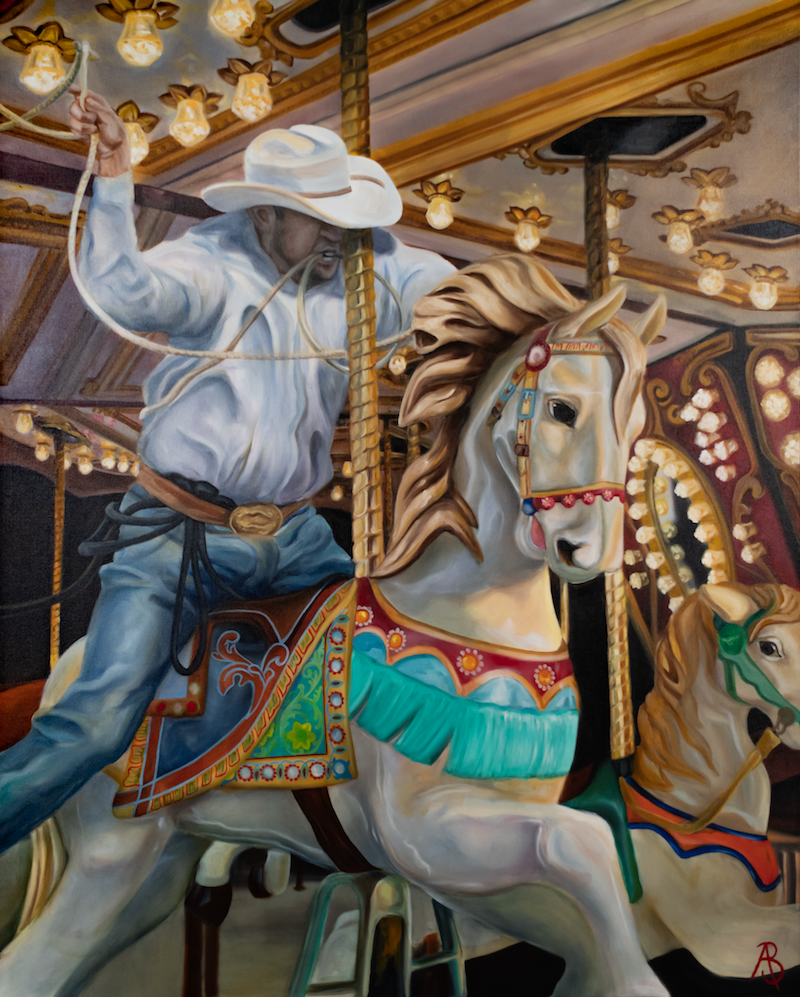
Describe the meaning of the word “ artist”?
To me, an artist is someone who creates with their soul. It does not necessarily have to pertain to what many perceive to be classic art forms. I believe chefs and athletes are valid in their artistry, just as much as painters and musicians are, as long as they are speaking with their souls.
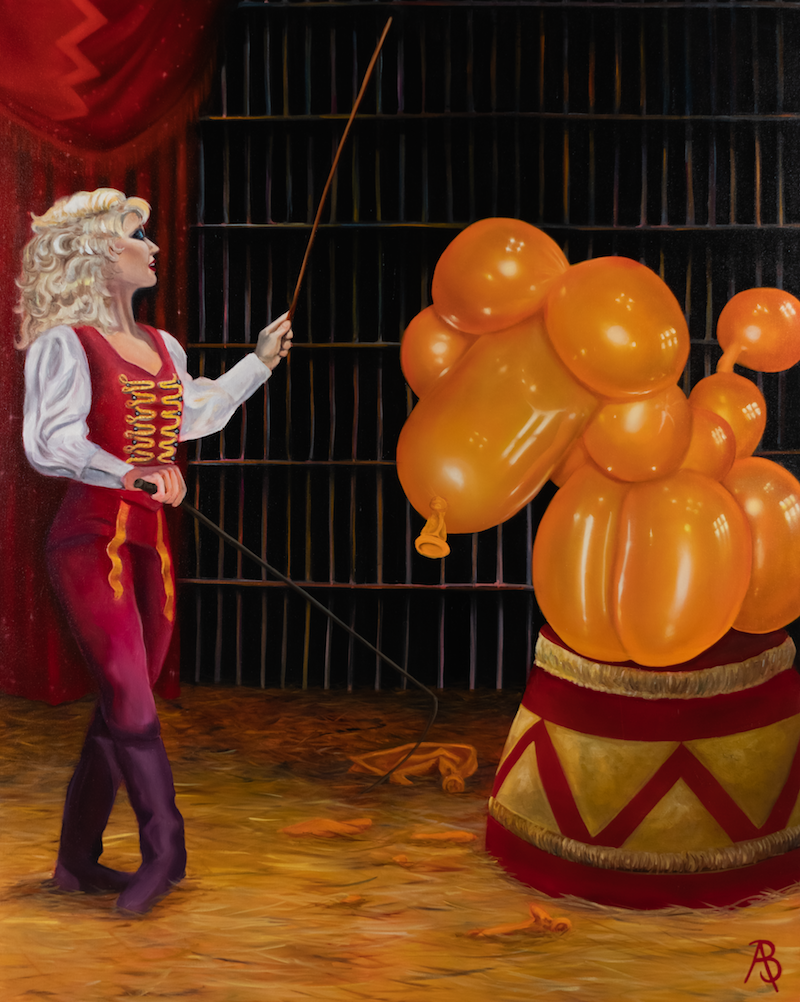
How has art changed the way you live and see the world?
I am honestly unsure that art has changed my outlook, rather my outlook has influenced my art. My mind has always perceived the world a little differently than most and ever since I was a kid, I have used my art to shape a lens through which others can understand how I view the world.

How do you want to influence people with your work?
I suppose I want to inspire people to ponder harder hitting issues and examine how they can change their actions to leave a more positive mark on the world. Much of my work focuses on darker subjects that I contrast with elements of innocence and humor. I try to lighten the mood of my pieces so that viewers are more agreeable to facing the tougher themes I try to present in each piece.
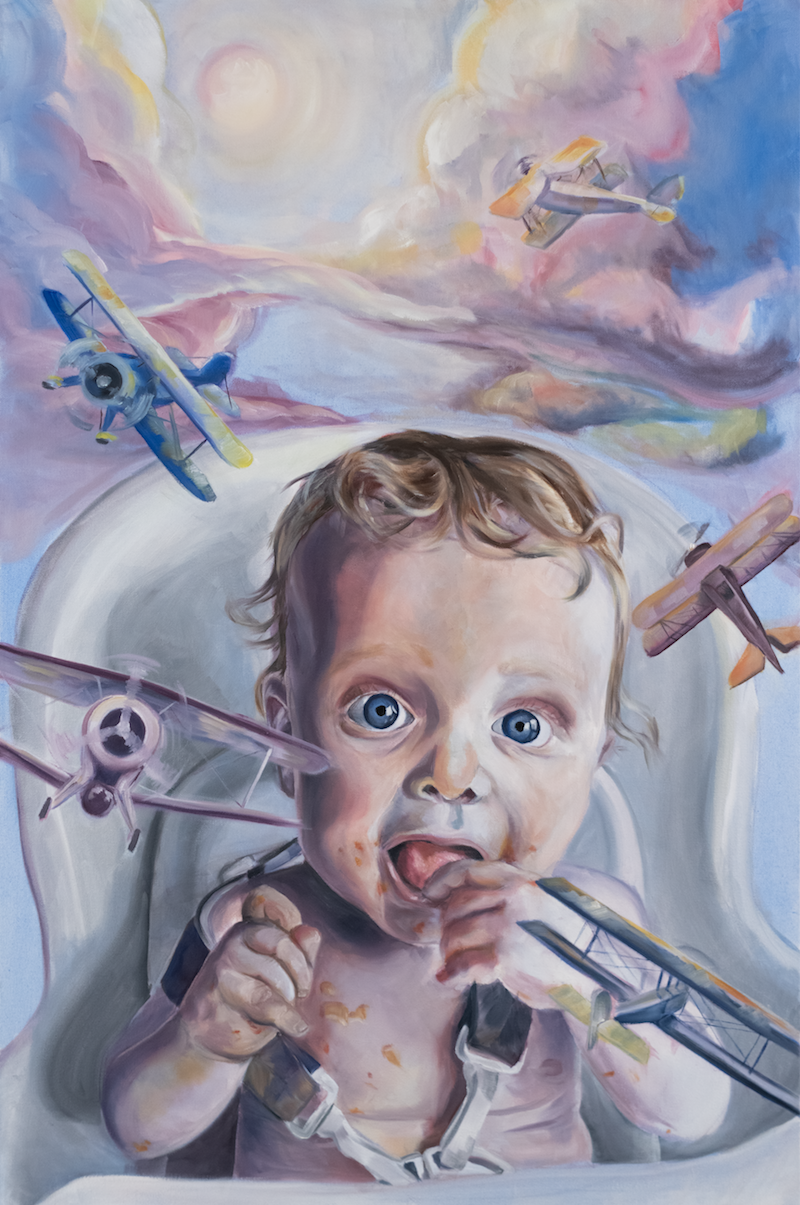
Your work seems to vary between pencil, colored pencil and watercolors, which makes each of your pieces even more unique. What is your process like? How do you choose your medium, your tools and your subject?
I tend to choose a medium based off of the type of vibe that I am going for and also the size of the piece I am making. In the past few years I have been more drawn to creating larger pieces, so I have been using more oil paints. Before that, I was working on a smaller scale, so pen and watercolor lent themselves better to the pieces I was creating. In terms of my creative process, I tend to find inspiration from current events or from imagery that I find evocative. Typically my jumping off point comes from the more serious theme that I am basing the piece off of and then I am able to find an area of the piece that I want to substitute more innocent or silly subject matter for.
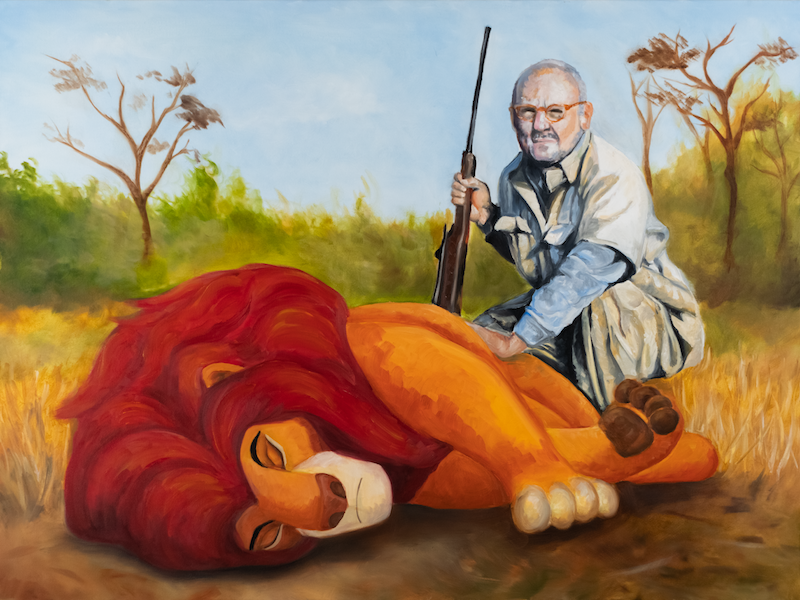
What do you do to find inspiration? What helps you when you feel blocked?
For some reason I am almost always inspired by nostalgic imagery, whether that be old toys or books from childhood. If I am ever stuck, it helps me to look through familiar trinkets from when I was younger and then make pieces out of those. The key to getting out of a creative block, for me, is to make a silly piece that I don’t put much stock into. I find that the pressure I put on myself is what tends to stall me.

Since most of your vibrant and lifelike pieces have a social topic attached to them, would you say the current world issues as well as your emotional state play a big role in your art?
Oh, absolutely. Current events are almost always the core inspiration for my pieces. I try to speak to current issues that I find important, through my art in order to start conversations amongst viewers. Lately, however, my emotional state and mental health have been playing a key role in my new collection. I had a really difficult time over the pandemic and reached some of the lowest lows I have ever felt. At one of my lower points I reached a point of realizing that I was likely not alone in what I was feeling, especially at that time, and I wanted to create a conversation around mental health during the pandemic.
Art felt like the best tool for me to do that with, both because it feels like the most useful mode of communicating these feelings, but also because painting and creating is a therapeutic tool for me.
Which artists are your idols and why?
I certainly draw most of my inspiration from people like Banksy and Pawel Kuczynski. Both of these artists speak to current issues through absurdism in the same way that I try to. I find their imagery to be powerful and I hope to be as successful as they are at communicating these messages.
You do explore different mediums in your art and also play with colors and styles. How would you personally describe your style? Do you plan to explore more different types of art to express yourself?
I am always trying to expand my repertoire in terms of use of mediums and creative approaches. I would like to potentially explore the world of mixed media and expand on how texturing could help elevate my work. If I had to describe my style I would say that I lean into absurdism. That is my connecting thread through much of my work. I like to try to allow myself as much freedom as possible in the ways in which I execute those themes on my canvas or paper.
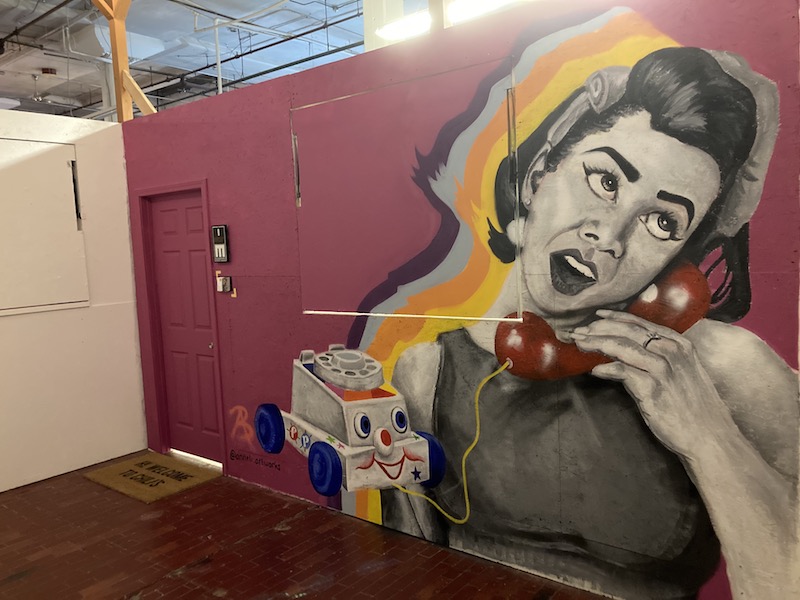
Tell us a little about your childhood and background?
I have had a pretty privileged life growing up. My parents put most of their money through getting my brother and me an education that encouraged expression and creativity. I went to schools growing up that had goats and sheep on campus. Hippy is an understatement as to what these schools were. I have been drawing ever since I could hold a crayon.
My family has always encouraged me to follow that path, as they saw how much joy it brought me. My dad is maybe the most philanthropic person I know, which has fueled my passion in trying to make a difference through my art. I eventually went on to graduate from the University of Notre Dame, a decidedly not hippy school, with a painting degree. My professors there encouraged me to push the boundaries of what my art could be. That is where I started to really push size and dimensions.
Do you feel like art became more or less important through the years?
Art has always held a special place in my life, but recently I have come to appreciate its significance to my mental health. It is one of my most effective forms of therapy. The process of painting is extremely familiar to my hands and it allows my brain to go to a different, calmer place.
As for the pieces themselves, I feel like the purpose behind my art is more pointed and like I have found my voice through the years. I feel more able to use my pieces as a tool for communication with others, as opposed to just letting my brain explode on a page.
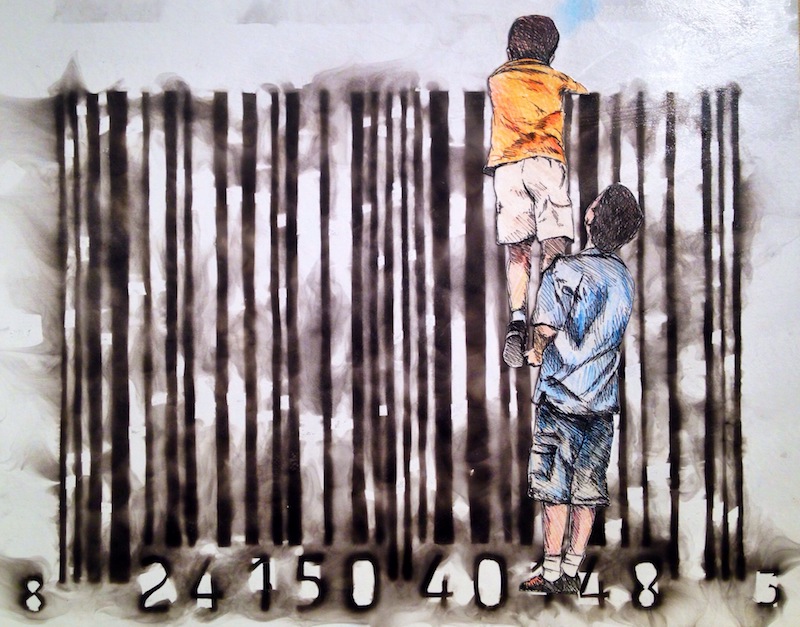
Which of your pieces is your favorite and why?
It is really difficult for me to choose a favorite piece, because I appreciate totally different aspects of each of them, but if I had to choose, I would probably say Fun Control, which is an image of a heavily armed man sitting at a carnival water gun game. I think this is one of the pieces I am proudest of as it really packs a punch. It is one of those images that stops people in their tracks because of the startling dichotomy in the piece. To me, I felt like I was able to successfully illustrate the cavalier gun stance many Americans have, while still embracing a colorful and interesting composition.
You have your own little atelier in a community art space. Can you tell us a little bit more about the idea of the space and the open house you guys do? How did you find it and what does it mean to you to make your art in our own little art studio?
I rent a space out of an artist community space called Mutiny Artwrx that my mom actually found in the middle of quarantine. It was really difficult for me to create the way I wanted to within my limited apartment space. The space welcomes all different types of artists and offers them opportunities to learn how to make a business out of their passions. The man who founded it, JP McChesney, was a struggling artist for a long period of time, but he put in an immense amount of time and effort towards creating a place where artists could affordably rent spaces and thrive. Every third Thursday of every month, Mutiny opens their doors to the greater public for an opportunity for the community to access and experience the art of the space. This fosters chances for artists to promote their artwork amongst a variety of potential customers.

Any tips or advice that you want to share for young artists starting out and finding their style?
The number one piece of advice I would share to artists who are starting out is find what you want to say, or at the very least, let yourself feel while you create. People can tell when you care about the craft and they are attracted to that. Everyone starts off at different points with their creative journeys and sometimes it takes time to find one’s voice, but once you find it, don’t forget to use it to speak. If you are struggling to find your voice, look at different artists. See what inspires you. Just make sure to create with purpose.
What does success mean to you?
I feel successful whenever I can create conversation through my pieces. Whenever I hear people debating the meaning of the painting and can start a dialogue about issues that I am deeply passionate about.
What is next? What are your plans for the future?
Currently I am working on finishing up my collection on mental health during the pandemic, which I would love to get into galleries moving forward. Beyond that, my goal is to grow my art business into something more sustainable. I have plans to become more accessible through a website and to further direct portions of my proceeds to various charities that benefit the issues that my pieces speak to.
|
|

